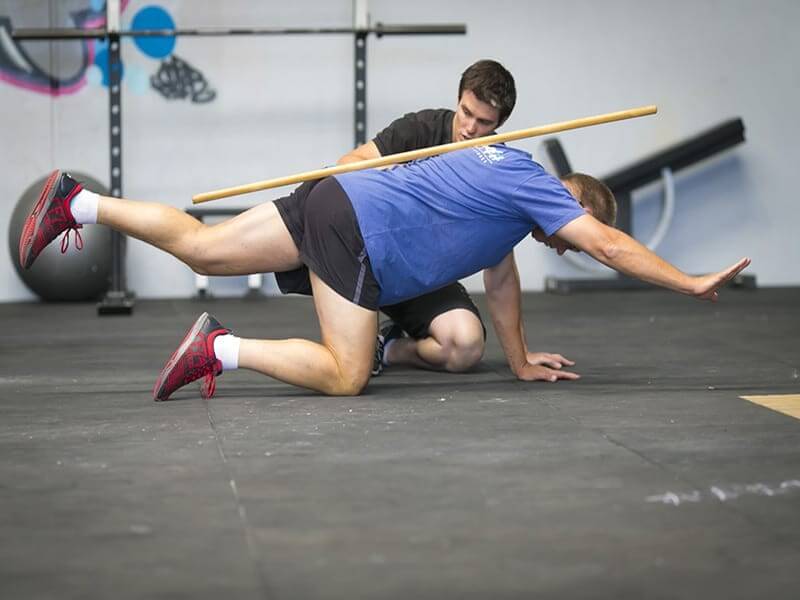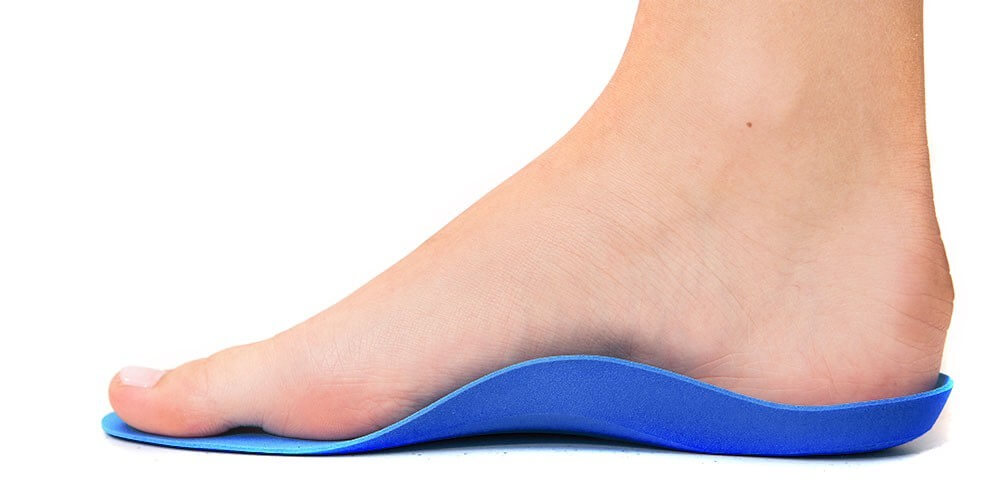
Hamstring strains and ruptures comprise a very large percentage of musculoskeletal injuries during activities and sporting events among all age groups of athletes and levels of competition. Athletes involved in soccer, football, rugby, and track are particularly prone to this injury due to the explosive nature of movement in these sports and the demand to sprint at maximal efforts.
Lets Take a look at the Anatomy:
Normal Anatomy
The hamstring muscle complex is composed of three distinct muscles—the biceps femoris, semimembranosus, and semitendinosus—which are
involved in knee flexion and hip extension. To function as such the hamstring muscle complex crosses both the hip and the knee joints. All
muscles are innervated by the tibial division of the sciatic nerve, with the exception of the short head of the biceps femoris muscle,
which is innervated by the peroneal branch of the sciatic nerve. The hamstring muscle complex receives its blood supply from the deep
femoral artery. The deep femoral artery branches off of the main femoral artery soon after its origin and runs on the posterior side of the
adductor longus before it gives off branches that include the lateral femoral circumflex, medial femoral circumflex, and perforating
arteries to the hamstring muscles.
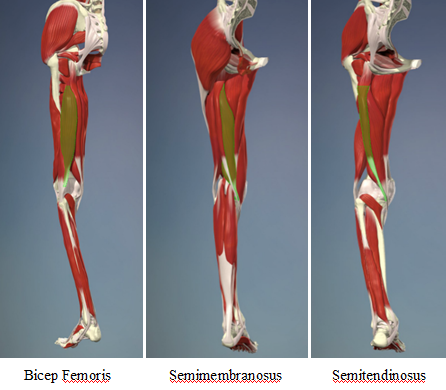
So What Factors Influence Hamstring Strains?
1. Lumbo Pelvic Position:
The ability to control the pelvis effectively represents one of the most important aspects to successfully rehabilitating and preventing hamstring injuries. An individual with an excessively anteriorly tilted pelvis or pelvic drop is already at a biomechanical disadvantage with increased tension placed on the hamstring muscles. This is due to the change in position of the hamstring origin at the ischial tuberosity. Addressing this issue also allows the gluteus maximus muscle to more efficiently contribute to hip extension. Poor trunk control can also lead to further compensatory mechanisms in the lower limb which can increase the risk of hamstring injury and influence running effiency.
If we look at the anterior pelvic tilt picture then we can pick out certain problems that could result in the hamstring becoming overloaded. Muscle imbalances whereby the hip flexors are tight, the lower abdominals weak, back extensor muscles tight, underactive glut and weak hamstrings can result in the hamstring being placed into a stretched position – When performing high speed running this can lead to the hamstring being overstretched hence causing a strain.
If the lumbo pelvic position is in neutral then this is less likely to occur.
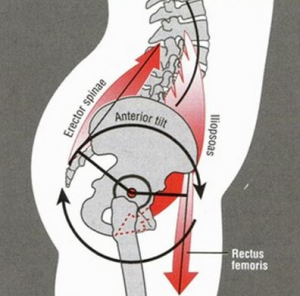
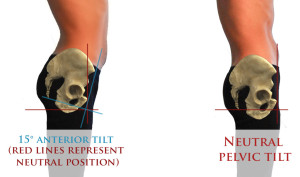
2. Poor Hip Control:
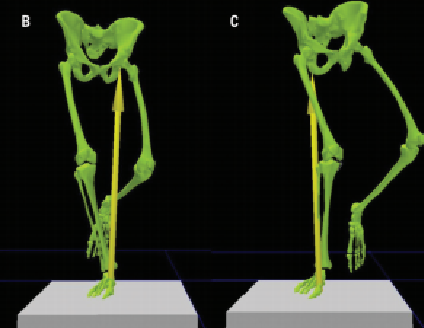
Diagram B indicates hip abductor weakness (Glut medius weakness) which stabilises the hip and pelvis. With jumping, landing and running biomechanics if there is any weakness of the hip and pelvis then this can cause contralateral pelvic drop. This in effect could increase the load through the hamstrings making them more susceptible to overload and tissue breakdown. Diagram C Shows shifting of the centre of mass over the stance limb to compensate for abductor weakness. Again this can result in increased hamstring load. Hip and pelvis control could be a risk factor for hamstring strains.
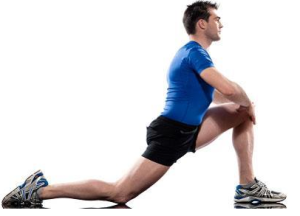 3. Overtraining
3. Overtraining
4. Poor Warm Up
5. Inadequate Hydration
How to maintain Healthy Hamstrings
1. If you have an anterior pelvic tilt – perform increased stretches for your quads and hip flexors
2. Perform posterior pelvic tilt exercises when performing squats, half rack deadlift, running drills etc
3. Increase you hamstring strength
Some Key Hamstring Strength Exercises:
Glute Ham Raises
Nordic Falls


